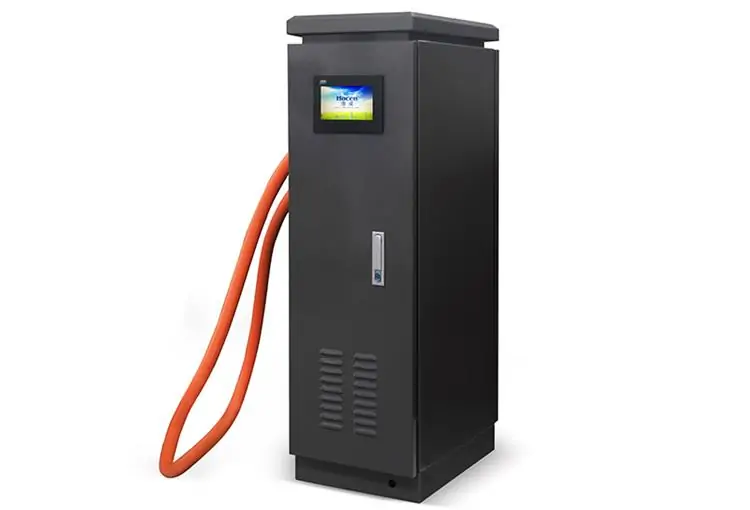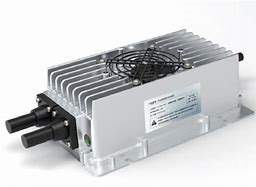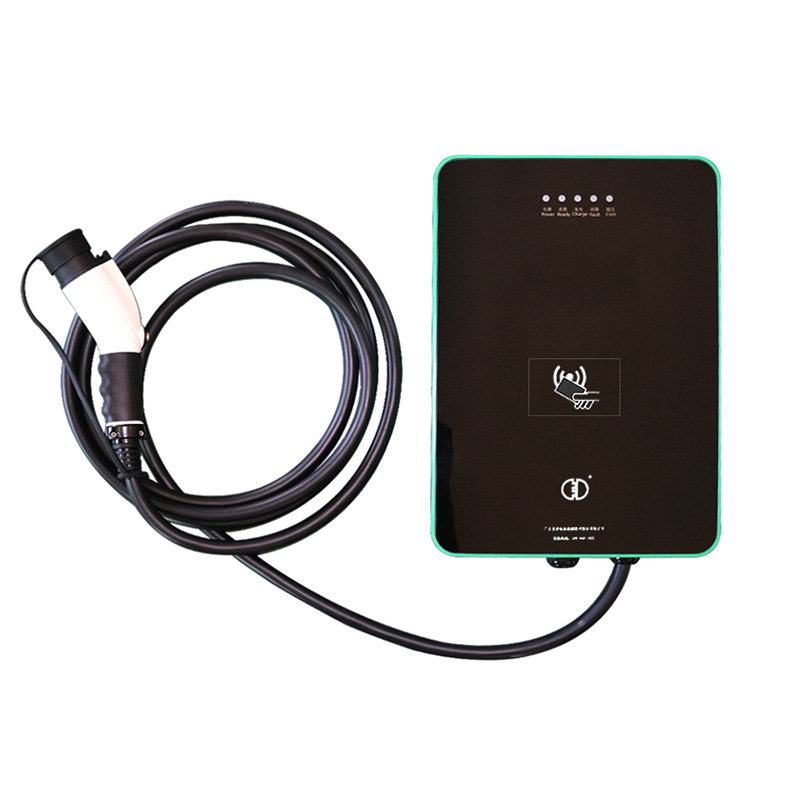As the world continues its relentless pursuit of sustainable energy solutions, the electric vehicle (EV) industry has emerged as a pivotal player in the transition to a greener future. Electric vehicles have gained immense popularity due to their eco-friendly nature, reduced carbon emissions, and overall efficiency. However, the widespread adoption of EVs presents a unique challenge: the efficient integration of these vehicles into the existing power grid. One solution that has garnered increasing attention is bidirectional on-board chargers. These chargers have the potential to revolutionize the EV landscape by enabling not only efficient vehicle charging but also a bidirectional flow of energy between the vehicle and the grid, thereby transforming EVs into mobile energy storage units.
Understanding Bidirectional On-Board Charger
Bidirectional on-board chargers, often referred to as V2G (vehicle-to-grid) chargers, are a technological breakthrough that allows electric vehicles to interact with the power grid in both directions—charging from the grid and discharging back to it. This capability goes beyond the conventional unidirectional charging process, where power flows from the grid to the vehicle's battery.
This bidirectional interaction is facilitated by advanced power electronics and control systems integrated into the vehicle's charging system. These components enable seamless communication between the EV, the charging station, and the grid, making it possible to regulate the flow of energy in accordance with grid demand, vehicle requirements, and energy market conditions.

Benefits of Bidirectional On-Board Chargers
Grid Stabilization and Energy Management: Bidirectional on-board chargers offer a dynamic solution for grid stability and energy management. During peak demand periods, EVs can supply excess energy back to the grid, helping to alleviate strain on the electrical network. Conversely, during low-demand periods or emergencies, EVs can draw power from the grid to provide essential energy services.
Demand Response and Peak Shaving: V2G technology empowers grid operators to balance supply and demand more effectively by tapping into the collective energy storage capacity of connected EVs. By strategically controlling the charging and discharging cycles of these vehicles, the grid can better manage peak loads, reduce energy waste, and minimize the need for costly infrastructure upgrades.
Renewable Energy Integration: Bidirectional on-board chargers play a crucial role in integrating intermittent renewable energy sources, such as solar and wind, into the grid. EVs can store excess energy generated during periods of high renewable output and release it when renewable generation is low, effectively acting as mobile energy storage units that enhance the overall reliability of renewable energy systems.
Reduced Energy Costs and Revenue Generation: EV owners can benefit from bidirectional charging by taking advantage of dynamic pricing. They can charge their vehicles during off-peak hours when electricity prices are lower and sell excess energy back to the grid during peak hours, potentially earning revenue in the process.
Emergency Backup Power: Bidirectional charging technology can also serve as a reliable source of backup power during emergencies, such as natural disasters or grid failures. EVs equipped with bidirectional chargers can supply power to homes, businesses, or critical infrastructure when the grid is compromised.

Challenges and Considerations
While bidirectional on-board chargers hold immense promise, their widespread adoption and implementation are not without challenges:
Battery Degradation: Frequent charging and discharging can impact the lifespan of an EV's battery. Careful management and optimization of bidirectional cycles are essential to mitigate potential battery degradation.
Technical Standards and Interoperability: Establishing consistent technical standards and protocols for bidirectional charging is crucial to ensure compatibility between various EV models, charging stations, and grid systems.
Regulatory and Policy Frameworks: The integration of bidirectional charging into existing energy regulations and policies requires careful consideration to enable a seamless transition while safeguarding the interests of all stakeholders.
Cybersecurity and Data Privacy: The bidirectional communication between EVs, charging stations, and the grid introduces cybersecurity risks and privacy concerns that must be effectively addressed.

Infrastructure Investment: Widespread implementation of bidirectional charging necessitates substantial investment in charging infrastructure, grid upgrades, and technology deployment.
Bidirectional on-board chargers represent a transformative leap forward in the evolution of electric vehicles and their integration into the power grid. By enabling EVs to not only consume energy but also contribute back to the grid, these chargers hold the potential to enhance grid stability, optimize energy management, and accelerate the adoption of renewable energy sources.
While challenges remain, such as battery longevity and regulatory frameworks, ongoing research, collaboration between industry stakeholders, and innovative technological solutions will likely pave the way for a future where bidirectional on-board chargers become a standard feature in electric vehicles. As the world continues its journey toward a sustainable energy landscape, bidirectional charging technology stands as a beacon of innovation, bridging the gap between electric mobility and a resilient, smart, and responsive power grid.
Next:The Intricacies of Matching Battery Packs with On-Board Charger
Previous:Revolutionizing the Manufacturing Industry with Advanced Forklift Chargers
Contact Person: Miss. Kiki
| WhatsApp : | +8617763224709 |
|---|---|
| Skype : | +8617763224709 |
| WeChat : | +8617763224709 |
| Email : | kiki@lifepo4-battery.com |